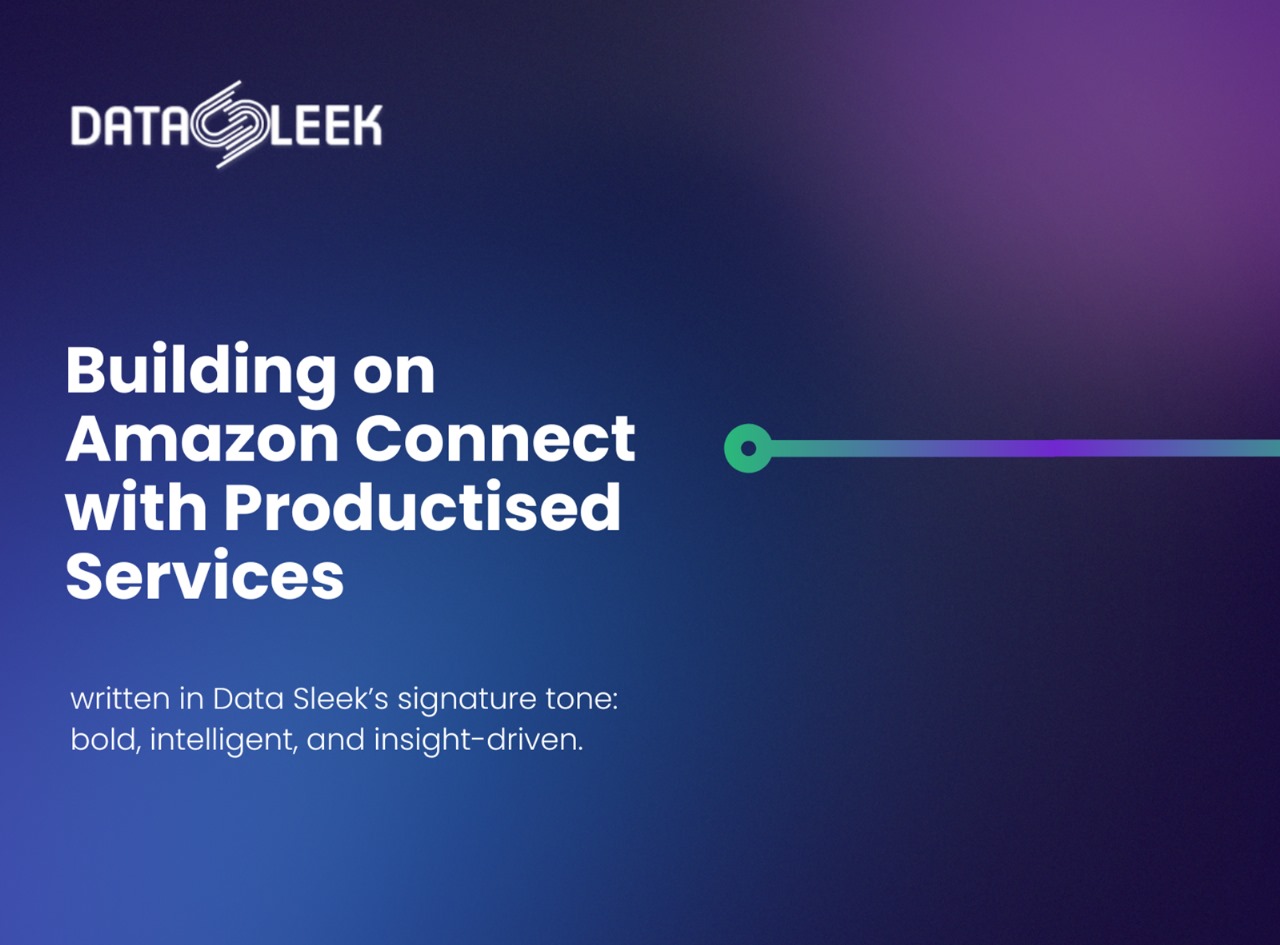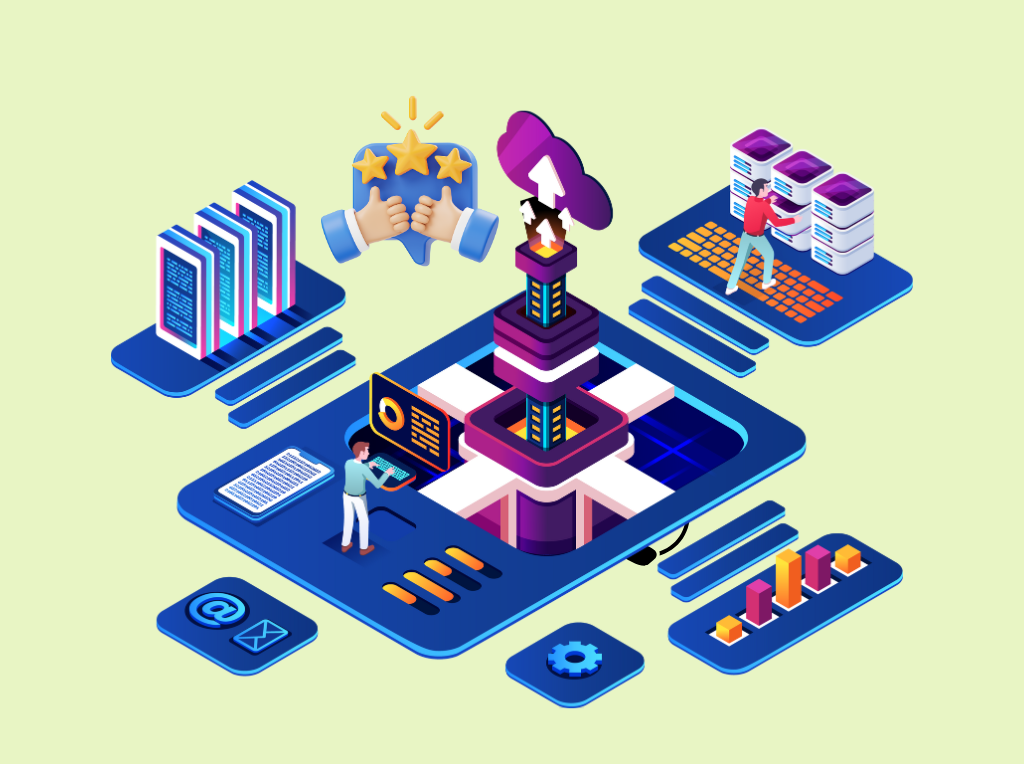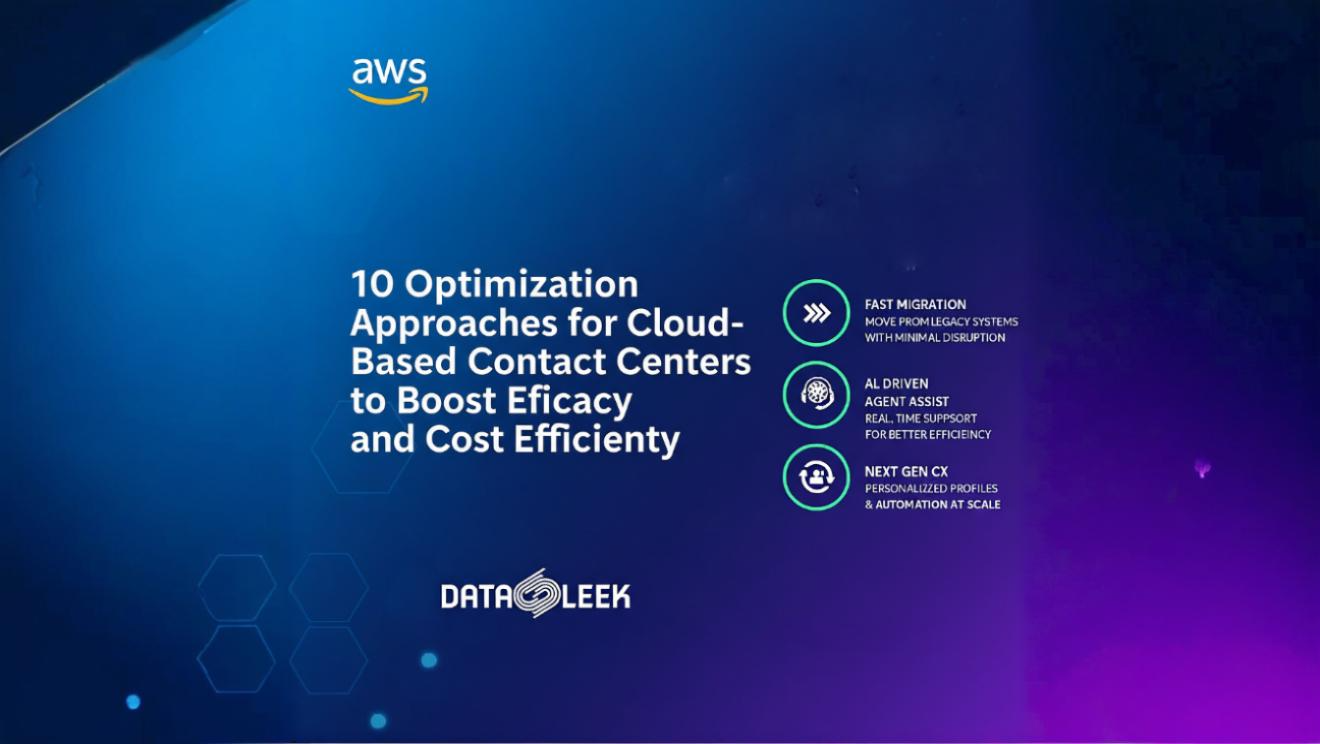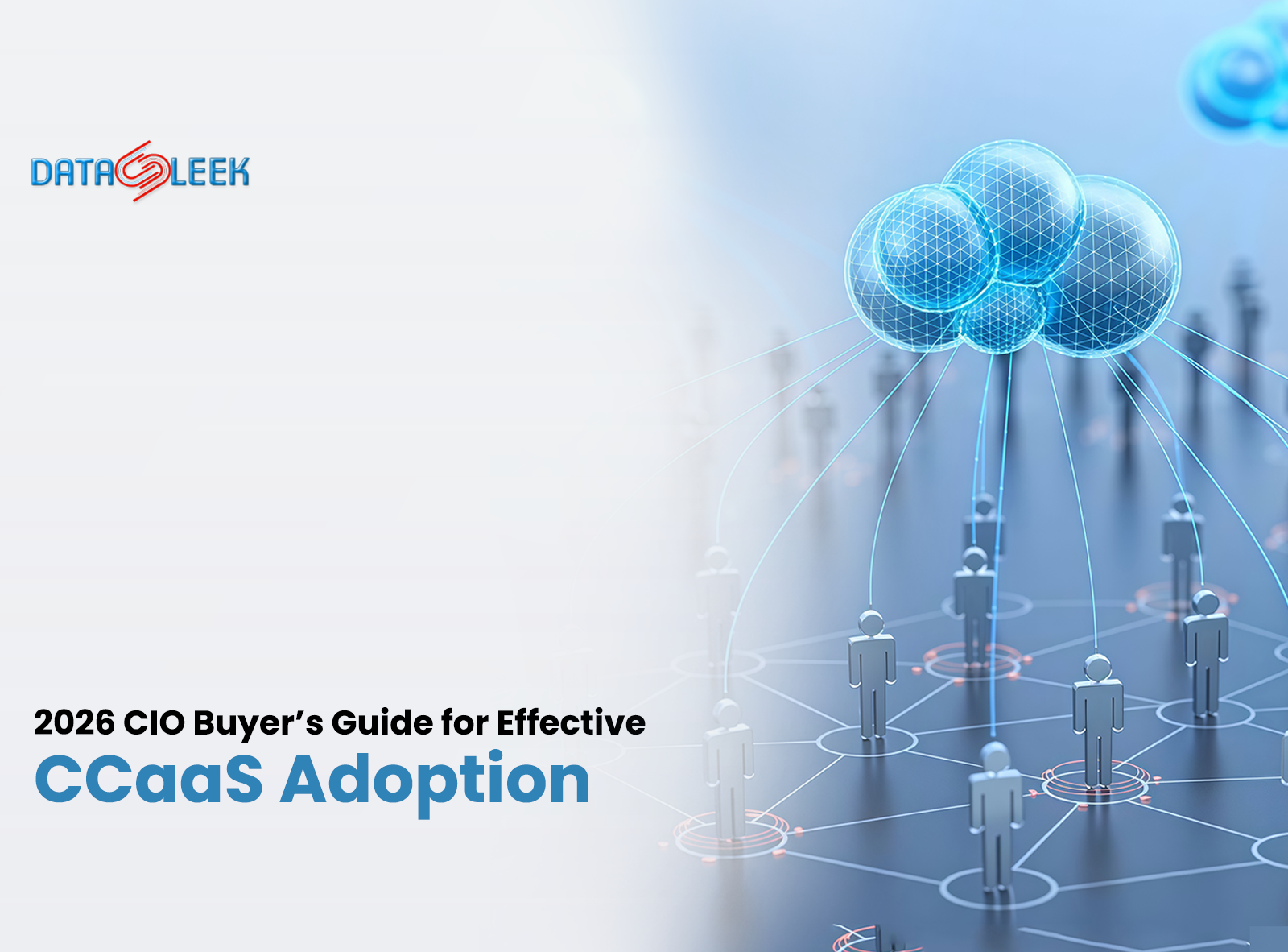Why Productized Services Matter in the New Era of CX
Every enterprise wants to improve customer experience (CX), but not every enterprise can afford months of consulting cycles or risky custom builds.
That’s where productized services come in — pre-built, proven frameworks that help businesses deploy, scale, and optimize Amazon Connect faster.
Instead of reinventing the wheel for every contact center use case, CIOs can now adopt blueprints, accelerators, and playbooks that codify best practices — reducing time-to-value while ensuring long-term scalability.
Here’s the thing: modern customer experience isn’t about more tools. It’s about faster integration, measurable impact, and predictable scalability.
And productized services are exactly how leaders get there.

The Shift from Custom Deployments to Productized Intelligence
Traditionally, contact center transformation meant long RFP cycles, custom integrations, and heavy code dependency. Each enterprise started from scratch — building IVRs, routing logic, analytics dashboards, and training workflows manually.
Today, Amazon Connect + Productized Services changes that model.
By leveraging reusable frameworks — like CX accelerators, Agent Assist playbooks, and AI-driven customer journey blueprints — IT teams can deploy production-grade solutions in weeks, not months.
Key benefits CIOs are seeing:
- 60% faster deployment of new CX capabilities
- 40% reduction in development cost compared to traditional custom builds
- Consistent performance benchmarks across multiple regions or business units
- Reduced compliance risk with pre-validated architectures
Productized services essentially bring software thinking to services delivery — predictable, repeatable, and scalable.

Understanding the Productized Service Framework
Let’s break it down.
A productized service in Amazon Connect context typically includes three key layers:
- Blueprints – Ready-to-implement architectures for key CX use cases like self-service automation, intelligent routing, or AI-powered chatbots.
- Accelerators – Configured modules that speed up integrations with Salesforce, Zendesk, or core banking/insurance systems.
- Playbooks – Documented workflows, KPIs, and best practices that help operations and IT teams replicate success consistently.
Together, they create a CX automation ecosystem that’s measurable, maintainable, and built for long-term adaptability.

Evaluating the ROI: Why CIOs Are Prioritizing Productized Services
CIOs are under pressure to deliver AI for customer experience — without overextending resources.
The question isn’t “Can we build it?” anymore. It’s “Can we scale it without chaos?”
Here’s how productized services change the economics:
| Metric | Traditional CX Projects | Productized Services on Amazon Connect |
|---|---|---|
| Time-to-Deploy | 4–6 months | 4–6 weeks |
| Cost Predictability | Variable | Fixed, tier-based |
| AI Integration | Custom models | Pre-trained, ready-to-tune |
| Ongoing Maintenance | High (custom code) | Low (standardized APIs) |
| Scalability | Manual | Auto-scaling via AWS cloud-native features |
Enterprises report 25–35% improvement in contact center efficiency and up to 50% faster adoption of new AI-driven features when using productized frameworks.
How It Impacts the Contact Center Experience
When built on Amazon Connect, productized CX services go beyond automation. They enhance every layer of customer engagement.
1. AI for Customer Experience
Agentic AI and ML-driven analytics within Connect help predict intent, personalize responses, and detect customer sentiment in real time.
Result? Fewer escalations and faster resolution — without losing empathy.
2. Omnichannel Contact Center
Voice, chat, email, and social — unified under a single, cloud-native CX automation platform.
Customers experience continuity. Agents get context. Leaders get measurable KPIs.
3. CX Automation & Optimization
Pre-trained bots handle repetitive tasks, freeing agents to focus on high-value interactions.
AI-powered quality management monitors conversations, scoring them on tone, compliance, and resolution speed.
4. Customer Experience Tools That Scale
Instead of dozens of disconnected dashboards, enterprises use Connect’s unified insights — linking service performance to real business outcomes like NPS, FCR (First Contact Resolution), and cost per interaction.

Blueprint to Build on Amazon Connect — Step by Step
If you’re a CIO mapping the next phase of CX transformation, here’s a practical playbook to get started:
Step 1: Audit and Baseline Your CX
Map all customer touchpoints — digital, voice, in-store — and identify where friction exists.
Use data to prioritize: Is your wait time too high? Are first-call resolutions dropping? Is agent turnover increasing?
Step 2: Define KPIs and Success Metrics
Focus on metrics that align with CX automation impact:
- Average Handle Time (AHT)
- Net Promoter Score (NPS)
- First Contact Resolution (FCR)
- Self-Service Containment Rate
- Agent Productivity Index
Step 3: Choose Productized Blueprints
For instance:
- Self-Service Blueprint: Automates FAQs and transactions.
- AI Routing Blueprint: Matches customers with best-fit agents.
- Omnichannel Integration Blueprint: Creates seamless transitions between chat, voice, and email.
Step 4: Leverage Accelerators
Integrate your CRM, analytics, or workforce management systems through AWS accelerators.
It ensures low latency, high availability, and quick customization.
Step 5: Use Playbooks to Scale Consistency
Playbooks document workflows, edge cases, and escalation rules — ensuring your teams replicate success as you expand globally.

How Data Sleek Helps Enterprises Productize CX
At Data Sleek, we help enterprises move from reactive customer support to proactive, AI-powered engagement using Amazon Connect.
Our CX accelerators and playbooks are built for scale:
- Agentic AI Integration Kits for real-time insights and intent analysis
- CX Intelligence Dashboards for KPI visibility across channels
- Omnichannel Orchestration Blueprints that unify voice, chat, and email journeys
- Compliance-Ready Architecture ensuring adherence to ISO and GDPR standards
Each deployment is optimized to deliver measurable impact:
- 30% faster adoption of AI features
- 22% reduction in Average Handle Time
- 19% improvement in customer satisfaction scores

De-risking Adoption: How Productized Services Minimize Complexity
A major benefit of productized approaches is risk reduction.
Unlike one-off custom builds, these solutions are already validated and version-controlled.
That means fewer surprises, faster security reviews, and reliable SLAs.
Common adoption risks — like integration conflicts or model drift — are mitigated through continuous updates from the service provider.
In short: CIOs can modernize without the “unknown unknowns.”
Looking Ahead: The Future of CX is Productized + Agentic
The next wave of CX transformation isn’t just about automation — it’s about adaptability.
As Agentic AI becomes embedded in Amazon Connect, contact centers won’t just respond; they’ll predict, personalize, and act autonomously — using the frameworks already built into productized services.
By 2026, over 65% of enterprises will prioritize productized CX models over traditional consulting-led projects.
And leaders who adopt now will own the advantage — faster rollouts, smarter insights, and measurable business outcomes.
Final Takeaway
Productized services turn the complexity of CX modernization into a repeatable, data-driven strategy.
For CIOs and IT leaders, it’s the most efficient way to:
- Accelerate AI adoption
- Ensure governance and compliance
- Build scalable, omnichannel customer experiences
At Data Sleek, we help enterprises build confidently on Amazon Connect — with blueprints, accelerators, and playbooks designed for measurable impact from day one.




